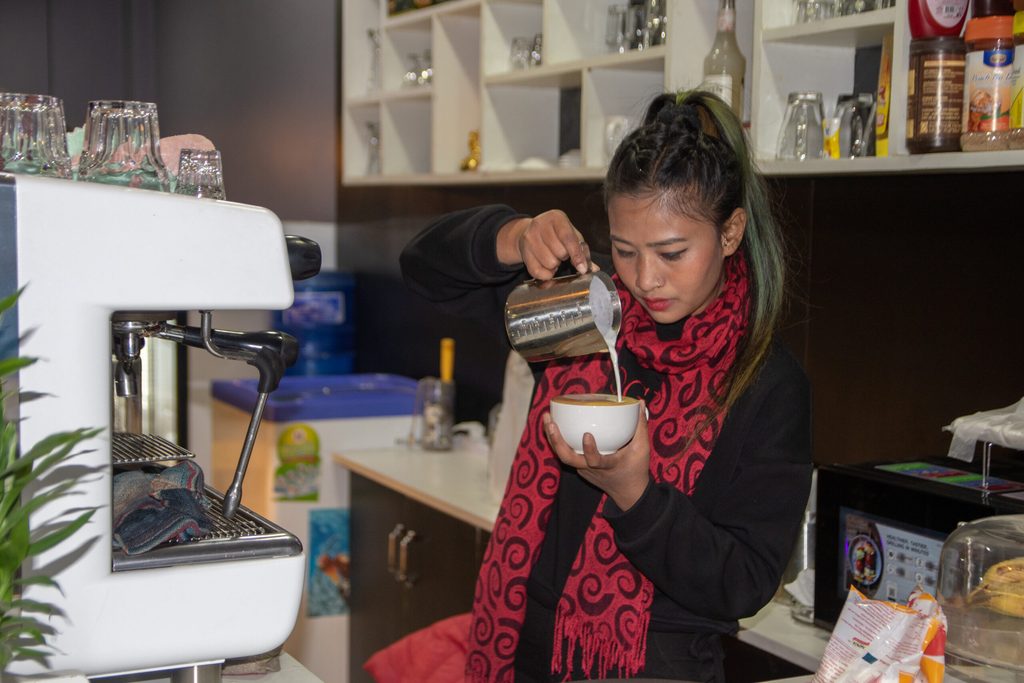Balkumari says, "Disability is not a barrier to success"
Balkumari is proving that disability is not a barrier to success. With determination she has become an entrepreneur running a snack shop with her friends.
Girls and young women in Nepal have limited access to inclusive, high quality and relevant education for the future they desire.
The causes of limited access to education include:
As a result, girls drop out of school which has a detrimental effect on their futures.

We create safe learning environments that meet girls’ specific needs in coordination with key stakeholders such as school management committees, teachers, local governments and girls themselves.
We strengthen local governments’ education departments by training local authorities and key stakeholders on topics like girls’ educational needs. We also provide technical and financial support to develop federal, provincial and local level education policies and plans. We have done this in Banke, Bardiya, Dolpa, Jumla, Kalikot, Makwanpur, Sindhuli and Sunsari, allowing authorities to prioritise their education initiatives and focus on quality.
We also train teachers in a number of key areas:
Through parental education, we help create a conducive learning environment at home and in communities which helps children to learn effectively.
We have recently started promoting STEAM education in the areas we work and will work to ensure it is integrated into curricula to prepare students for the modern world of work.
We provide market-driven skills training for young women aged 18-24, including life skills and on-the-job training, to create job or entrepreneurship opportunities. We identify key sectors where we can link employers with young people.
Creating a safe working environment in which women are not discriminated against is another key area of our work. We train organisations on gender equality, workplace safety and labour law. The objective is for private sector employers to start taking measures to adopt inclusive work conditions at their businesses.
An enabling environment at home is also equally important for young women. Parents, guardians and other members of household are provided with training on gender equality and we run media campaigns to spread awareness that young women must be able to pursue their ambitions without discrimination.
STEAM supports students to learn through creativity, collaboration, critical thinking, problem solving and communication.
It is an approach to improve the curriculum to interdisciplinary, multidisciplinary and transdisciplinary models. To include STEAM into education policy, we work closely with federal, provincial and local governments.
STEAM provides digital and communications skills that will equip young women for employment or entrepreneurship. Discrimination is a key factor holding girls and women back so we ensure our programmes are inclusive and actively work to reduce inequality.
We work with school management committees, parent and teacher association members, parents and students to conduct gender assessments of textbooks and school environments. Action plans are then developed to promote an inclusive, equal environment. This has been helpful to change the perceptions of teachers, parents and students.
We also influence local and provincial governments to create and implement gender responsive and inclusive education policies, plans and strategies. We work with stakeholders to make classrooms accessible for children with mobility challenges by removing physical barriers on school premises and in classrooms. We raise awareness on inclusiveness and make learning materials accessible for all. We also promote inclusive sanitation and menstrual hygiene facilities and challenge behaviors to reduce the shame and stigma around menstruation in schools.